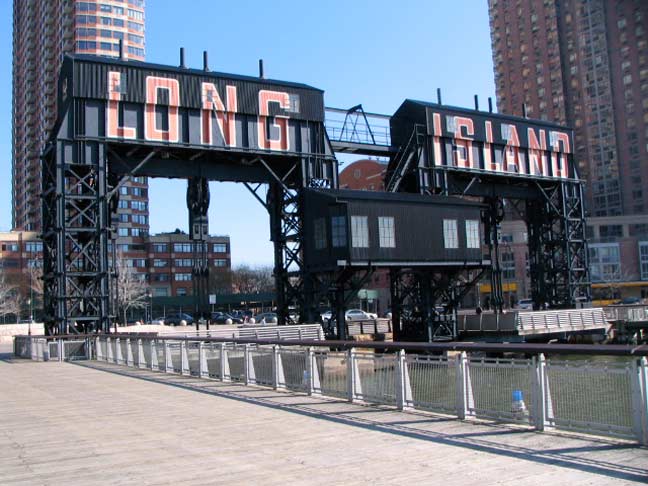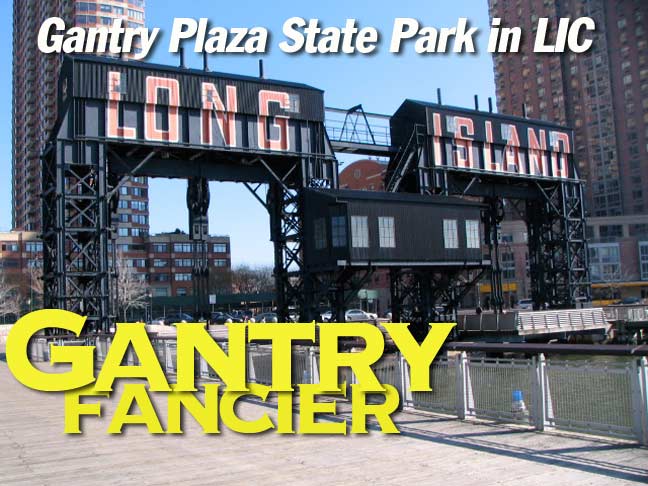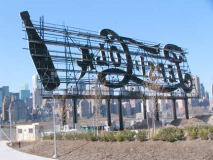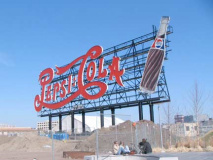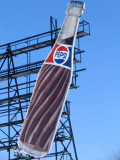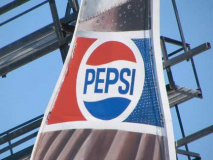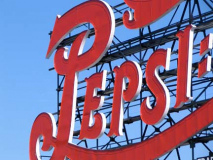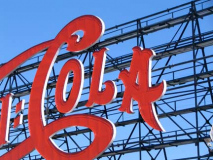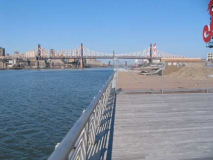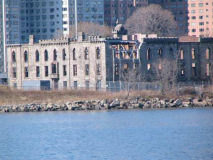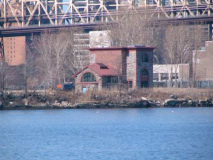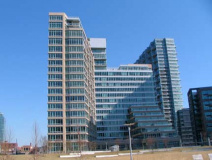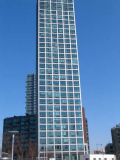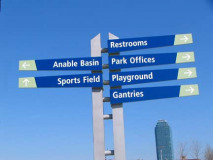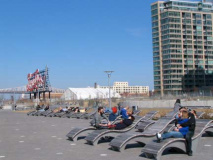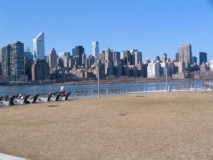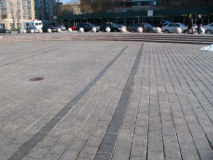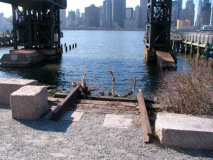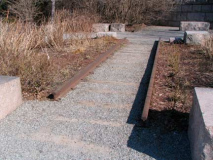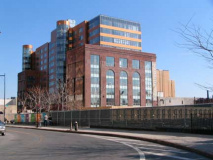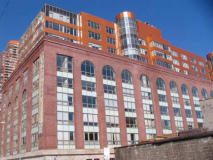In early 2010 I emerged into sudden lucidity to find myself puttering about Hunters Point, the lip of Queens just north of Greenpoint and the Newtown Creek. Hunters Point had once been a Queens hotspot, since until 1910 it was the western end of the Long Island Rail Road (ferries carried commuters across the mighty East until Pennsylvania Station allowed the LIRR to enter the previously prohibited precincts of Manhattan). Hunters Point had since sunk into moribundity, with only landmarks such as the Penn Station Powerhouse to mark its presence. In the 2000s, though, it’s become a residential hotspot, with looming towers, despite the lack of a supermarket and other amenities.
Note the relatively modern Pepsi bottle neck logo (in use from 1970-1987). It was added when Artkraft Strauss refurbished the big sign in 1994.
Pepsi-Cola was first formulated by pharmacist Caleb Bradham in New Bern, North Carolina, in 1898 as “Brad’s Drink.” Within its first year of production it was renamed Pepsi-Cola from the digestive enzyme pepsin and kola nuts, which were both in the formula.
The Queensboro (59th Street, Ed Koch) Bridge, opened in 1909, 11 years after Pepsi was first sold, is visible from the northern edge of the opened portion of Gantry Plaza state Park at about 46th Avenue.
At some point in the future, the south end of Roosevelt Island, visible from Gantry, will be opened to the public as Southpoint Park. For now, it’s open only on special occasions, such as the Open House NY weekend in October. Two ruins, one vast, the other tiny, have been left in place: James Renwick’s Smallpox Hospital, built in 1856, and the 1890s Strecker Memorial Laboratory, once a premier site for bacteriological research.
